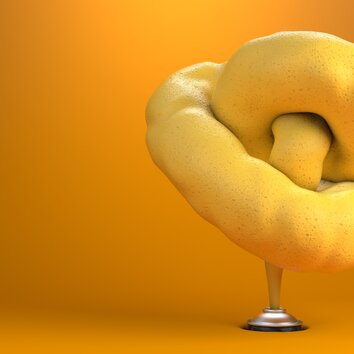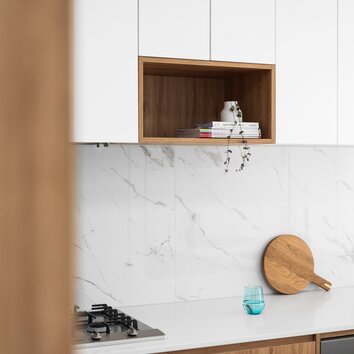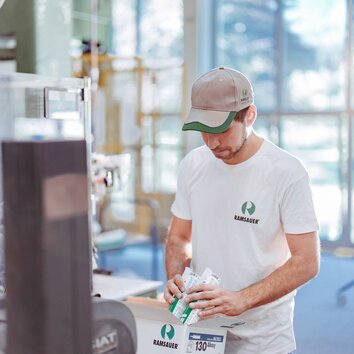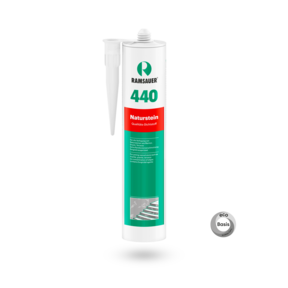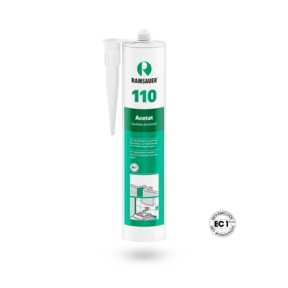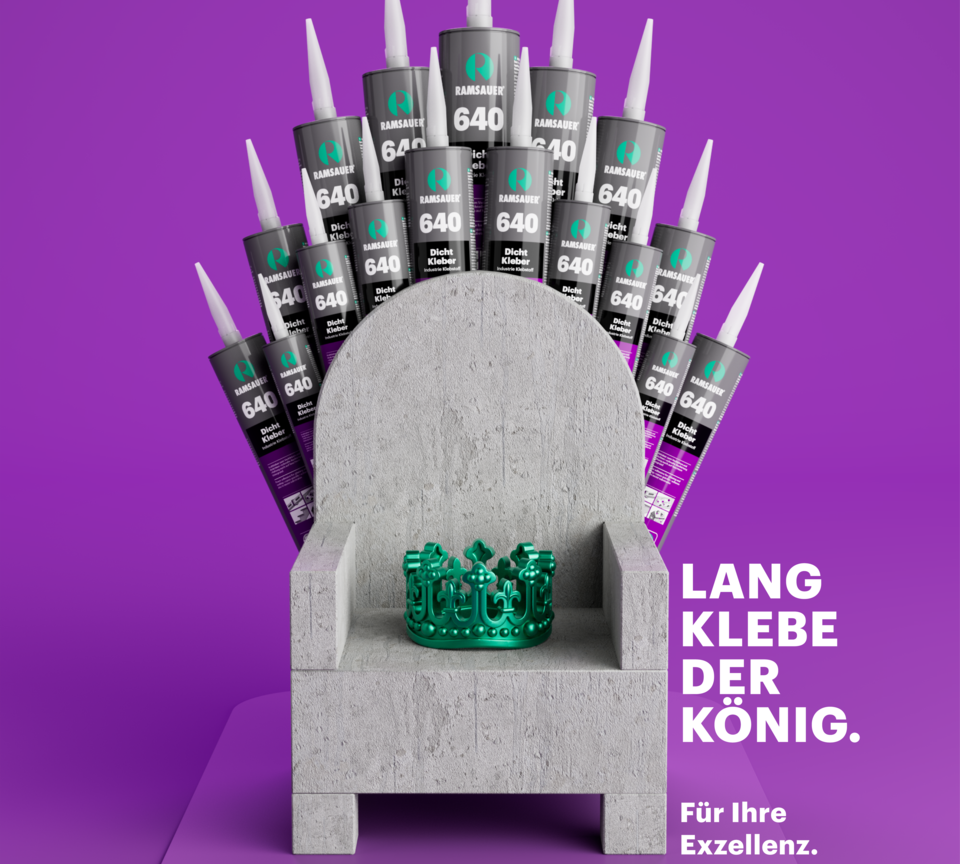
Whether wall mirrors or floor tiles, adhesives hold wood, fabric or ceramics permanently in place. Compared to other types of joints, the advantage of adhesive bonding is that you can join different materials together in an ideal way. For this, however, you not only need the right adhesive, but also a few tips on professional application. We will show you what is important.
The adhesive bond between the individual materials is made possible by the surface adhesion and the internal strength (cohesion) of the adhesive.
- Adhesion is responsible for the bonding to different surfaces.
- Cohesion refers to the internal strength of the adhesive after curing.
Selecting the right adhesive
Assembly adhesives, all-purpose adhesives, superglues and so on – adhesives come in many forms. When choosing the right product, you need to consider the type of stress (temperature, movement, humidity, etc.) on the materials to be adhesively bonded, the types of material, and the type of adhesive bonding.
Adhesives are available in foil bags and cartridges as one-component adhesives or in special cartridges as two-component adhesives. They can be divided into physically curing and chemically curing products.
Physically curing adhesives harden by means of a physical process, such as solidification, evaporation of solvents or gelling. They do not require any additional component for curing and are available as 1-component adhesives for this reason. These adhesives are particularly easy to apply and ensure rapid bonding between different materials. Therefore, physically curing adhesives are used for many different applications.
With chemically curing adhesives, adhesion is created by a chemical reaction. 1-component adhesives mostly react with the ambient air. With 2-component products, the components needed for the chemical process are in two separate cartridges. Due to the chemical compounds, these adhesives adhere particularly firmly. In addition, these products create an adhesive bond very quickly. This makes precise application all the more important. Especially with 2-component adhesives, you should make sure that the components are mixed properly so that the adhesive power can reach its full effect. Chemically curing adhesives are suitable for a wide range of applications. For example, their fast adhesion makes them ideal for fixing mirrors. But chemically curing adhesives are also used for numerous special cases on construction sites and in the industrial sector.
How to apply adhesives correctly
No matter which adhesive you use for your project: Precise application is the basic prerequisite for an ideal result. You should therefore follow a few important steps.
01 Preparing the surface
The materials to be adhesively bonded should be dry and free of dust, grease, oil and release agents. Some surfaces require an adhesion promoter. You will find a corresponding table in the technical data sheet for our adhesives. Apply the primer to the poorly bonded component.
02 Applying adhesive
Depending on the project, the adhesive is applied on the entire surface or in beads. On small surfaces, such as tiles, the adhesive can be applied on the entire surface. On larger surfaces, such as mirrors, the adhesive should be applied in beads. This allows the air humidity to circulate between the beads, which helps the adhesive to cure evenly.
03 Fixing components
Even adhesives with immediate initial adhesion need to be fixed appropriately until final curing.
04 Observing the drying time
Observe the information on the respective adhesive. The fixing pressure should be maintained until the minimum curing time has been reached. Only then can the fixation be released and the component be further processed.

